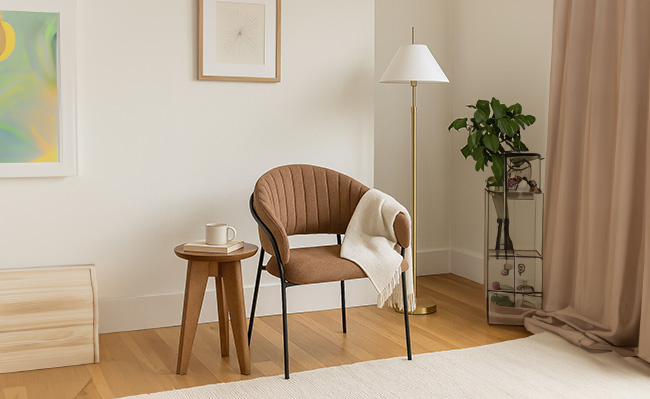
Creating Spaces That Feel Just Right: Stylish, Practical & 100% You
Why Your Home Deserves Furniture That’s Both Functional and Beautiful
Introduction:
The way we design our homes is evolving. It’s no longer just about visual appeal—it’s about how well our spaces support daily living. From compact city apartments to expansive family homes, the right furniture plays a central role in shaping environments that are both functional and visually harmonious. This balance is becoming a core principle in modern interior design.
Understanding the Functionality-Aesthetic Balance
A functional space doesn’t have to be utilitarian, and a beautiful space shouldn’t sacrifice comfort or usability. Well-designed home furniture bridges this gap. For example, a thoughtfully crafted wooden cabinet not only adds warmth to a room but also provides essential storage. Similarly, a low-profile bed with integrated drawers enhances convenience without disrupting the design language of a bedroom.
In modern homes, where every square foot counts, multi-purpose furniture and adaptable layouts help maintain a sense of openness and order. This trend reflects a broader shift towards intentional living—choosing objects that serve a purpose and add value to everyday routines.
The Role of Materials in Design Integrity
Materials deeply influence both the look and feel of furniture. Natural elements like solid wood, stone, and veneers introduce organic textures and long-lasting durability. Meanwhile, the integration of sustainable fabrics, eco-friendly finishes, and low-emission adhesives reflects a growing preference for responsible design.
Selecting the right materials isn’t just an aesthetic decision—it’s also about comfort, longevity, and environmental impact. With increasing awareness around sustainability, materials that age gracefully and are responsibly sourced are becoming a priority in both manufacturing and purchasing decisions.
Craftsmanship and Utility in Everyday Use
In high-use areas of the home—like the living room or kitchen—functionality becomes especially important. Features like soft-close drawers, ergonomic seating, and easy-to-maintain finishes contribute to ease of use over time. But it’s not just about mechanics—subtle design choices such as edge curvature, leg placement, and material contrast also impact how a piece fits into its surroundings and interacts with its users.
Furniture that integrates well into daily life offers a kind of quiet support—it doesn’t demand attention but adds clarity, flow, and coherence to a space.
Sustainability as an Extension of Function
In contemporary design philosophy, sustainability isn’t an afterthought—it’s a fundamental layer of functionality. Using FSC-certified wood, recycled materials, or low-impact production processes is part of building furniture that serves not just the household, but the planet. Packaging that’s minimal and biodegradable, production powered by renewable resources, and finishes free of harmful chemicals are all examples of sustainable choices that complement smart design.
Sustainable furniture allows homeowners to make responsible choices without compromising on quality or style.
Conclusion: Thoughtful Design is Timeless
When form and function align, the result is a space that feels natural—effortless to live in and inspiring to look at. As preferences shift toward more meaningful and sustainable living, the role of design becomes less about decoration and more about intention. At its best, furniture becomes a facilitator—of rest, connection, organization, and well-being.
Creating spaces that are both functional and visually appealing is not a trend; it’s a return to thoughtful design.
